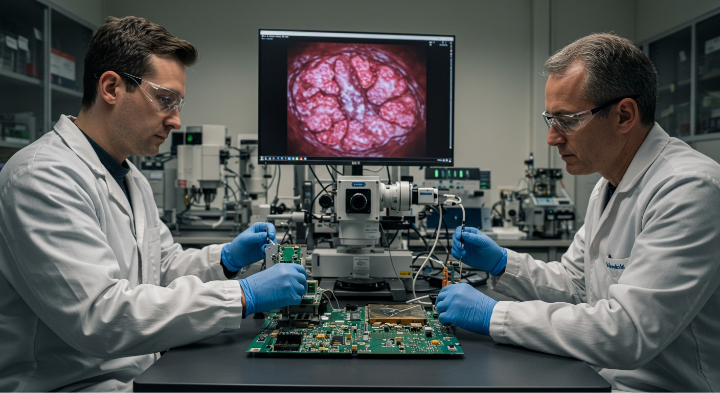Rare Spacecraft Bacterium Evade Sterilization by Playing Dead
- Oct 9
- 2 min read

In a groundbreaking discovery that challenges existing sterilization paradigms, microbiologists at the University of Houston (UH) have revealed that a rare microorganism found in NASA spacecraft assembly clean rooms may be evading detection by "playing dead."
This rare novel bacterium, known as Tersicoccus phoenicis (T. phoenicis), was first discovered over a decade ago in two high-grade clean rooms located in Florida and French Guiana. Its ability to persist surprised scientists, as these facilities are rigorously cleaned to prevent microbial contamination of spacecraft and, potentially, other planets.
The research, led by Madhan Tirumalai, a research assistant professor in UH’s Department of Biology and Biochemistry, found that the bacterium could possibly evade detection by entering dormancy. Dormancy is a state of extremely low metabolic activity where the microorganism stops growing and ceases reproduction.
This mechanism is a key survival strategy for actinobacteria, the phylum to which T. phoenicis belongs, allowing them to remain inactive until conditions improve and resist antibiotics. Notably, other actinobacteria, such as Mycobacterium tuberculosis (the bacterium that causes tuberculosis), are also known to enter dormancy when they lack nutrition.
To confirm this strategy, the UH team—which included Professor William Widger and graduate student Sahar Ali—tested T. phoenicis's response to a resuscitation-promoting factor. This common protein can revive related actinobacteria, such as Micrococcus luteus (M. luteus), from dormancy. When the protein was added, the T. phoenicis cells “woke up,” confirming the bacterium can “play dead” to survive nutrient starvation and stringent clean room conditions.
These findings highlight the resilience of spacecraft-associated microbes and present a huge concern for planetary protection, necessitating improved sterilization methods. Tirumalai noted that clean rooms are extreme habitats for microbial adaptation and evolution.
The discovery carries implications beyond space exploration, as other industries relying on sterile environments—such as hospitals, pharmaceutical labs, and food processing facilities—may also be missing the idea that bacteria can evade detection by going dormant. Professor Widger stressed that while these dormant bacteria may not be "nasty bacteria," it is essential to know if they are present.
Furthermore, understanding and potentially preventing pathogenic bacteria, like the one that causes tuberculosis, from entering a latent state could make them easier to eliminate with antibiotics or sterilization techniques. This research catalyzes a paradigm shift in how microbial life is detected and controlled in environments thought to be sterile.










Comments